Frederic Aranda is a photographer specializing in group portraiture. His work has twice been selected…
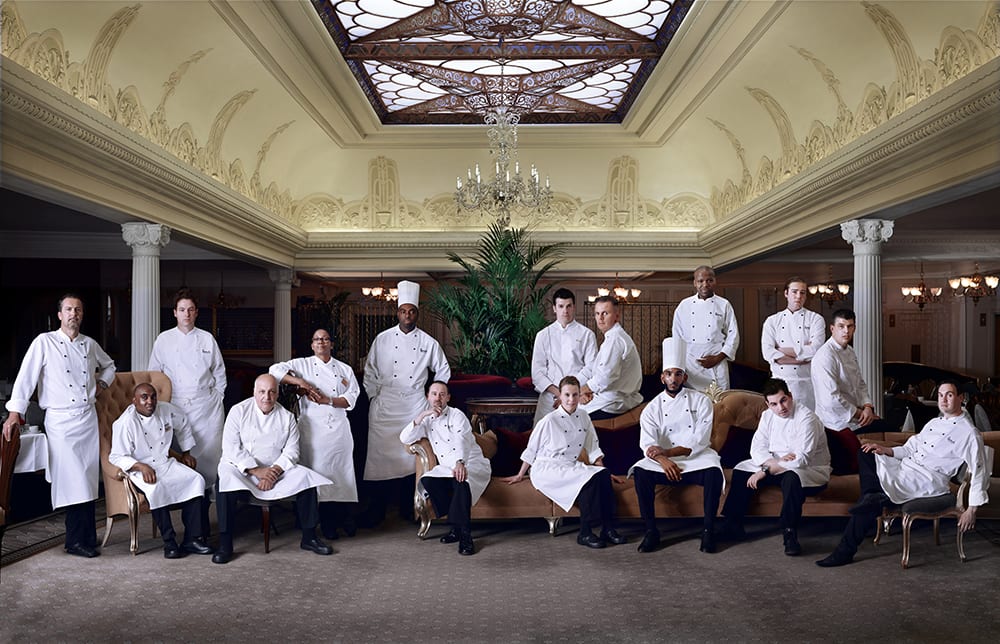

Frederic Aranda is a photographer specializing in group portraiture. His work has twice been selected…
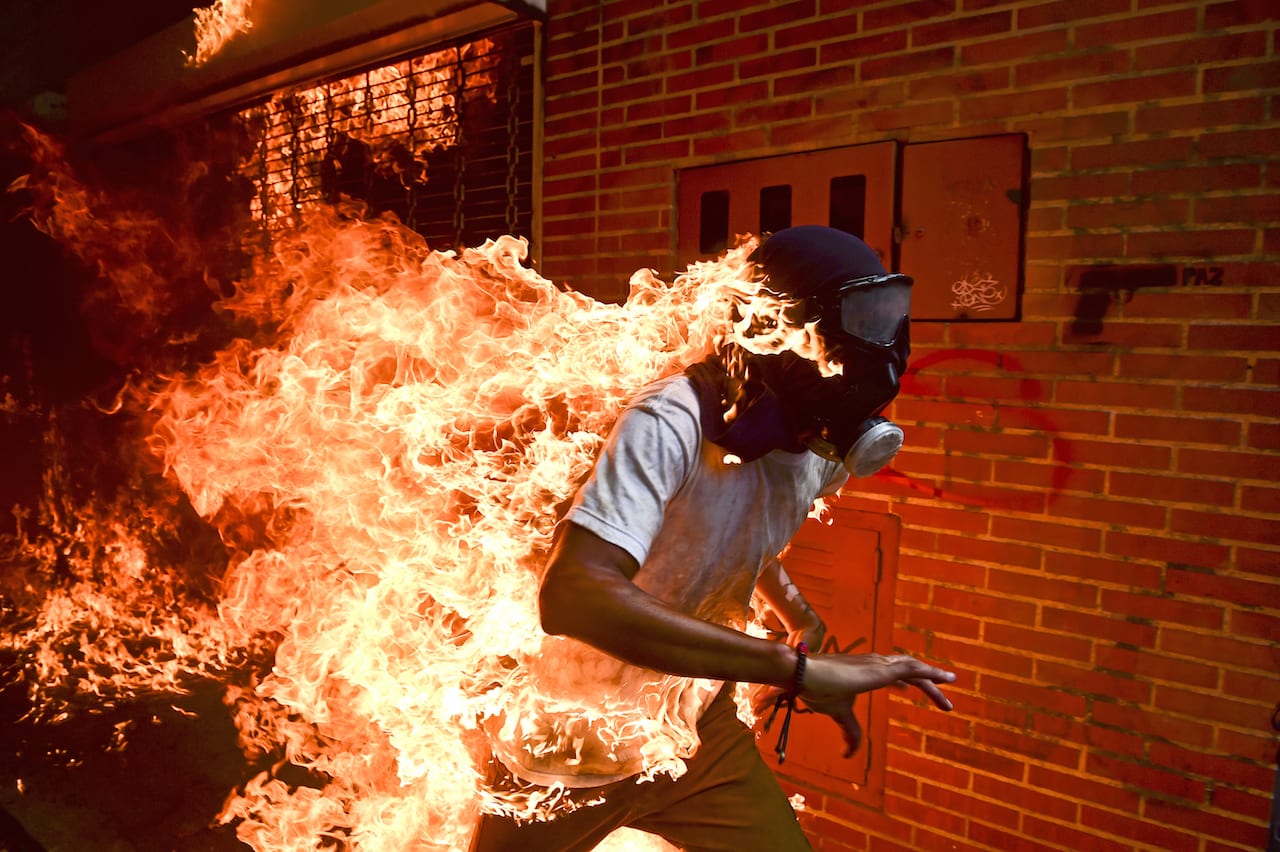
“Normally people don’t get set on fire during the protests, but there were many barricades on fire and the demonstrators use Molotov bombs,” says Ronaldo Schemidt. “I got the photo when a National Guard motorcycle exploded during a clash between demonstrators and government forces. It was lying on the floor, on fire, surrounded by young people. One of the protestors hit the tank, generating an explosion. Then the guy in the photo caught fire. I was standing a few meters away with my back to him, but when I felt the heat of the flames, I got my camera and turned around to start shooting whatever had just happened. It all took just a few seconds, so I didn’t know what I was shooting. I was moved by instinct, it was very quick. I didn’t stop shooting until I realised what was going on. There was somebody on fire running towards me.”
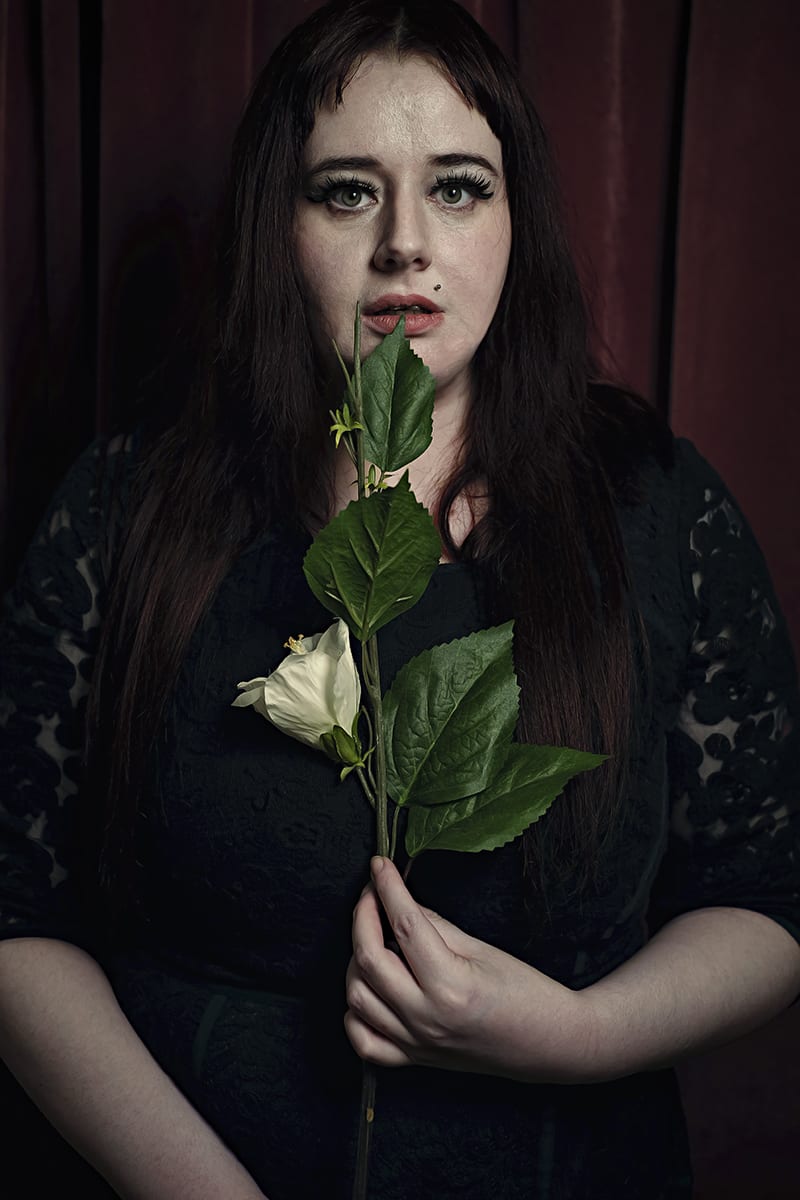
Lucus Joyce’s weekly People’s Choice winning portrait is a haunting image of his friend Ashley, who lives with pernicious anemia. Inspired by the thousand yard stare, a term often used to describe the blank, unfocused gaze of soldiers who have become emotionally detached from the horrors around them, Joyce sought to use the portrait to depict the many aspects of Ashley’s life and identity.
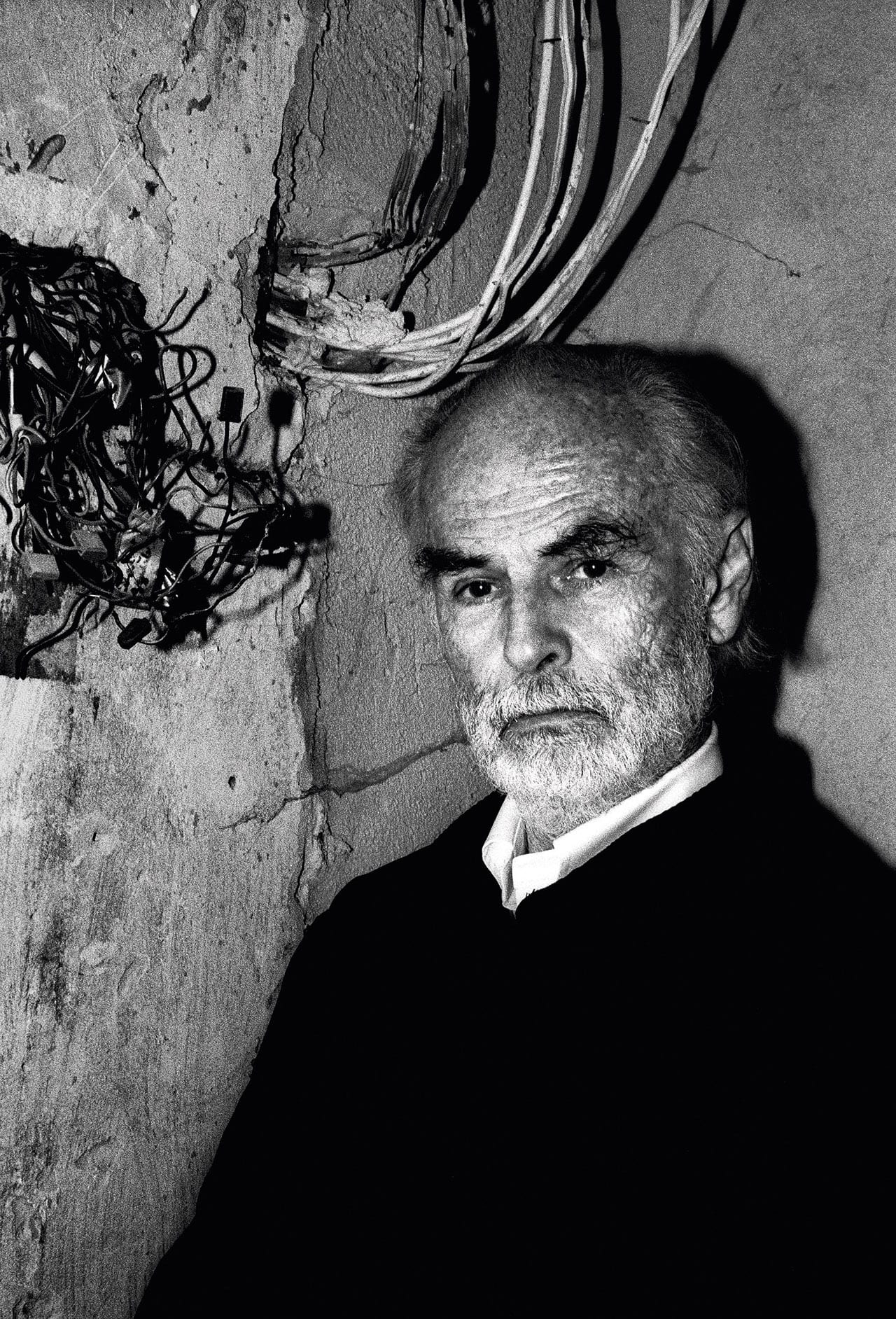
This “photographer’s photographer” is known for his measured understatement and his influential books, such as The Pond (1985) and Berlin in the Time of the Wall (2004). His latest, Looking Up Ben James – A Fable, will soon be published by Steidl, and he’s currently working on his next, The Last Days of Fontainebleau, shot in his hometown, Washington DC
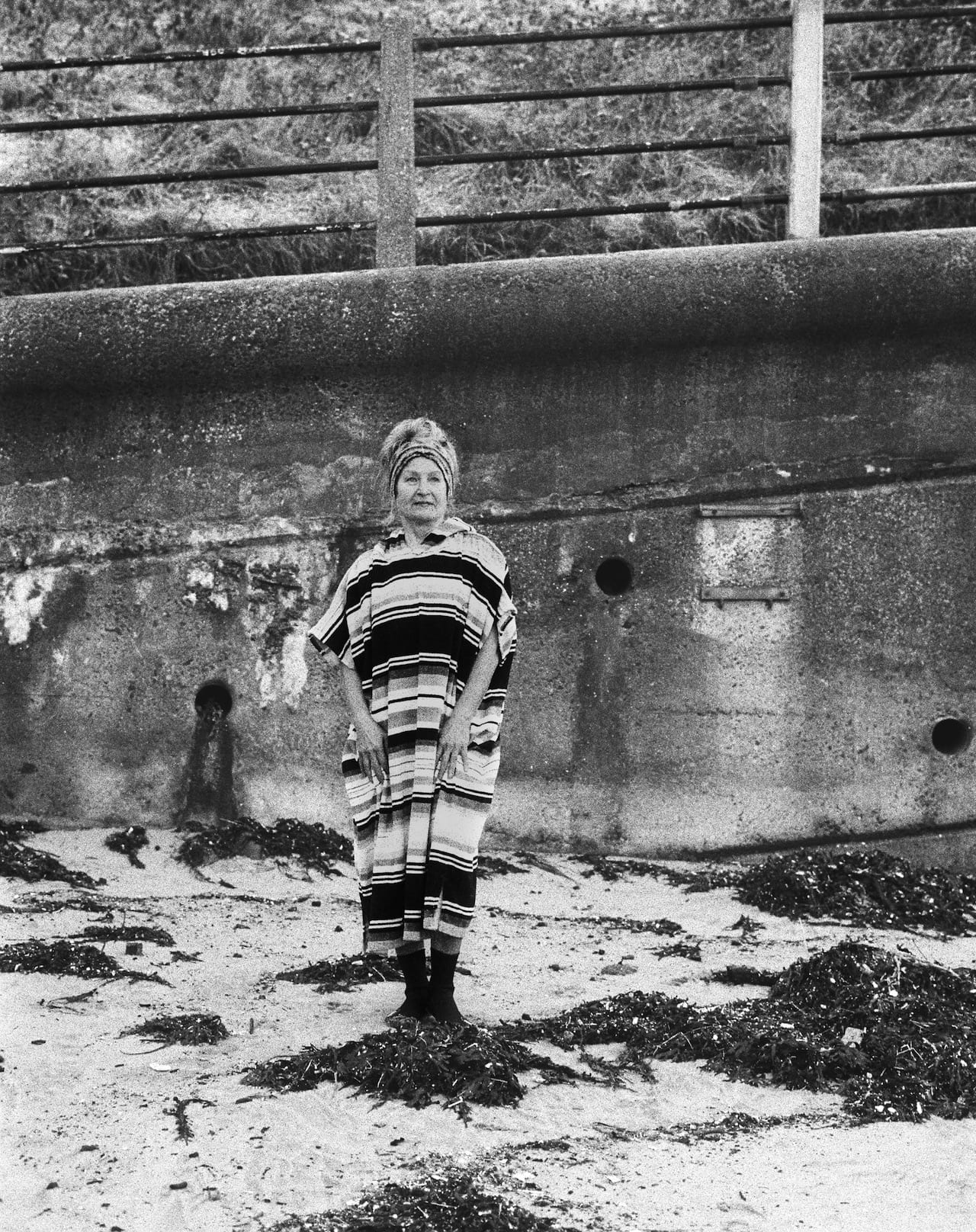
In 1969 the Finnish-born photographer Sirkka-Liisa Konttinen ditched her filmmaking course, moving to Newcastle with a group of idealistic young ex-students to found the Amber collective, and embarking on a series of long-term projects, including her seminal work on Byker, which was inscribed in the Unesco UK Memory of the World Register. Nearly 50 years on, she continues to live and work in the north-east as a member of Amber
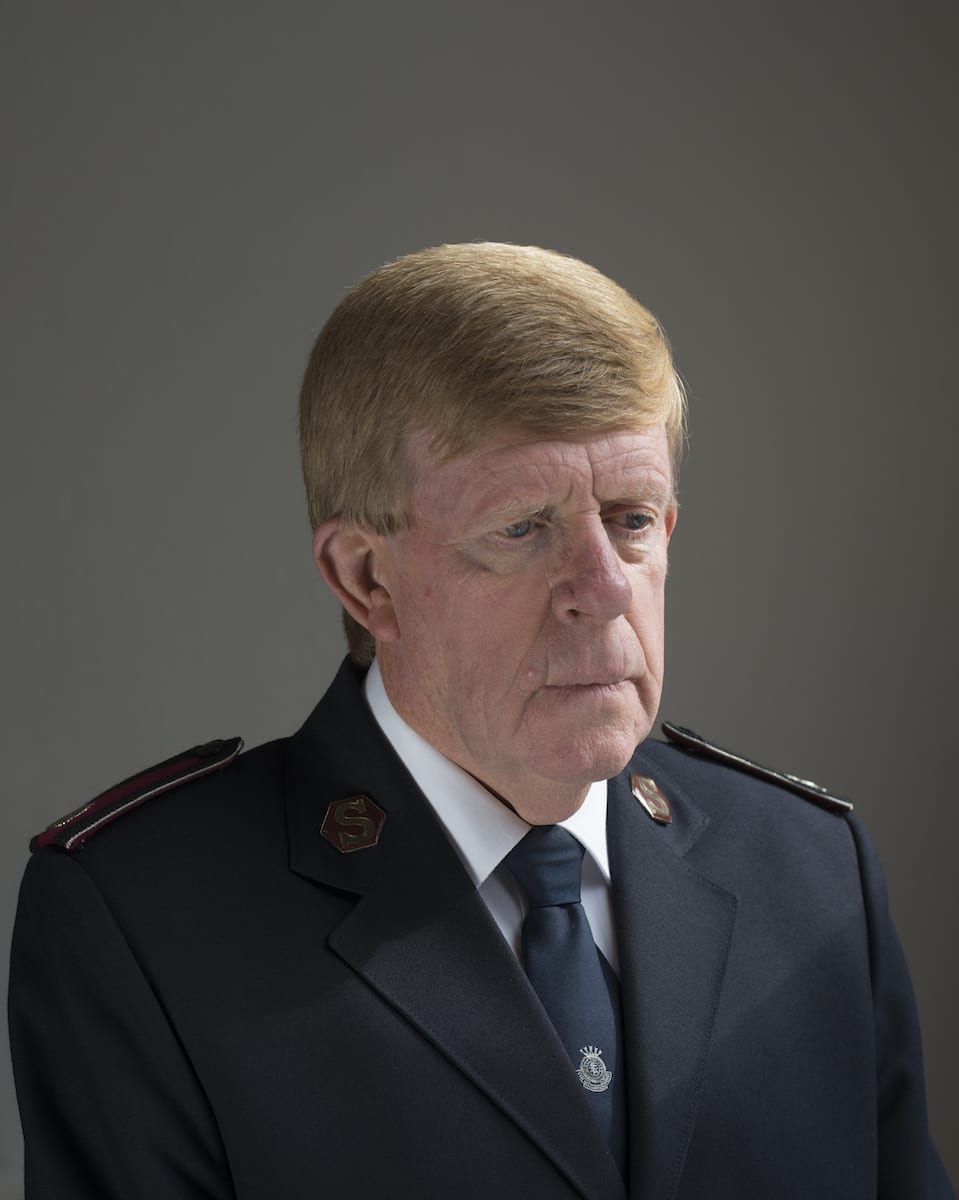
Lauren Forster is a photographer and lecturer in Lens Based Media at The Arts University…
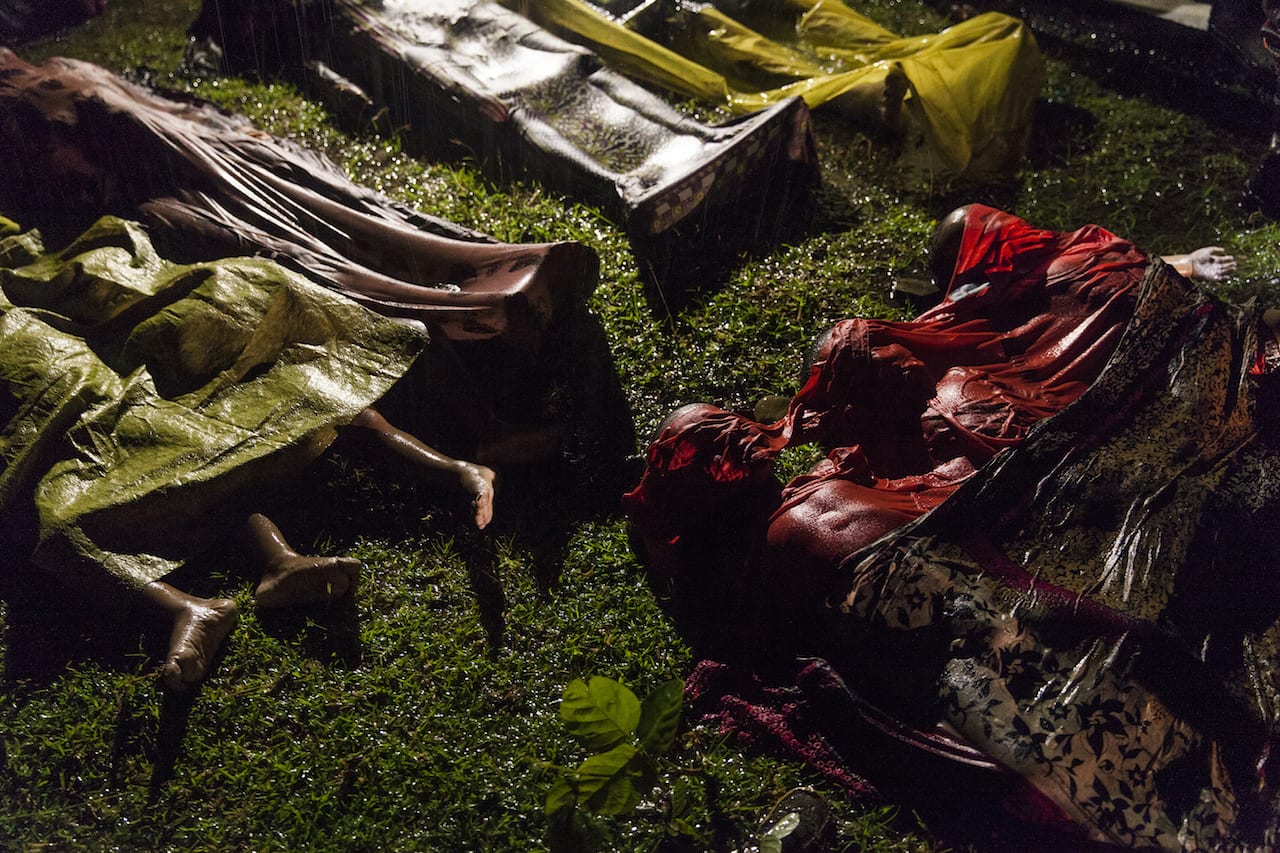
Born in Australia in 1969, Patrick Brown lived in the Middle East and Africa before…
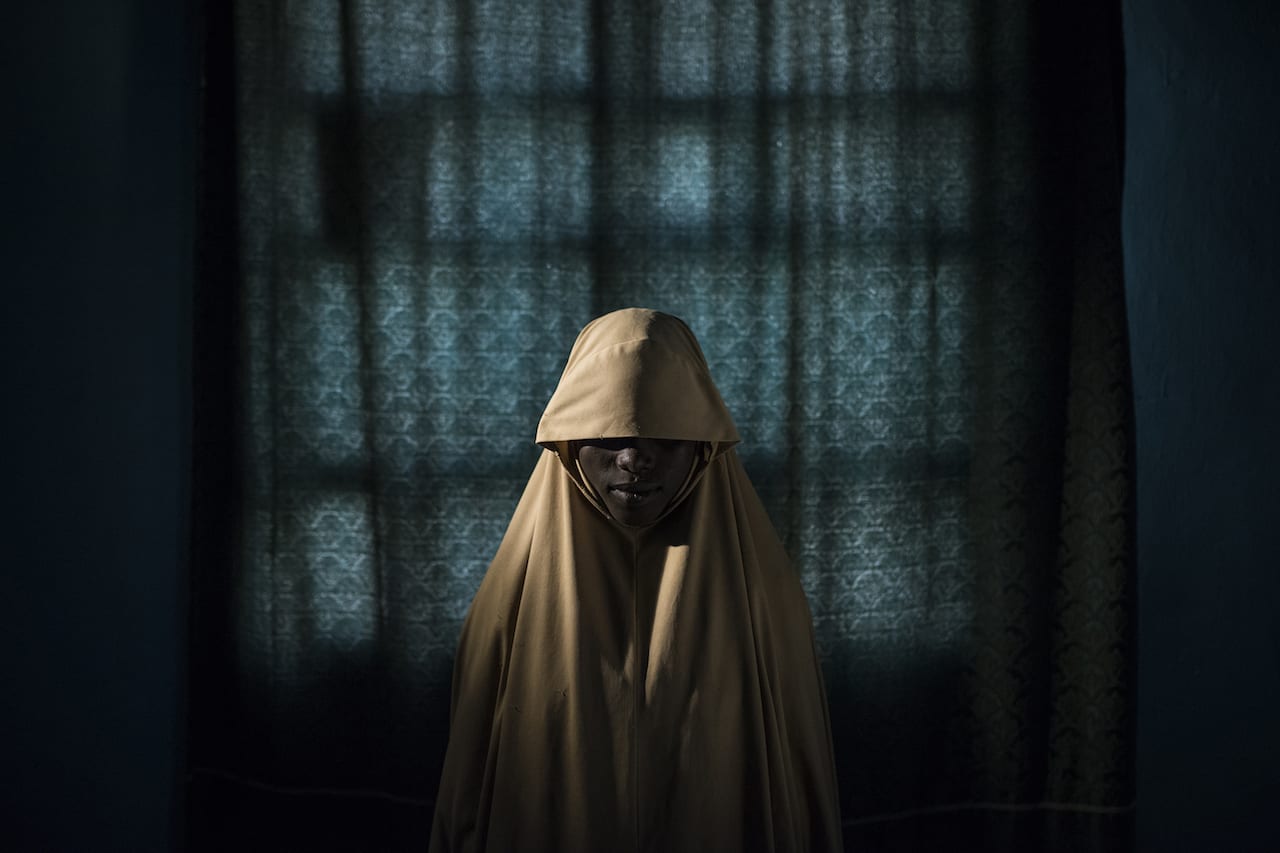
Born in Australia in 1978, Adam Ferguson studied photography at Griffith University. He first won…
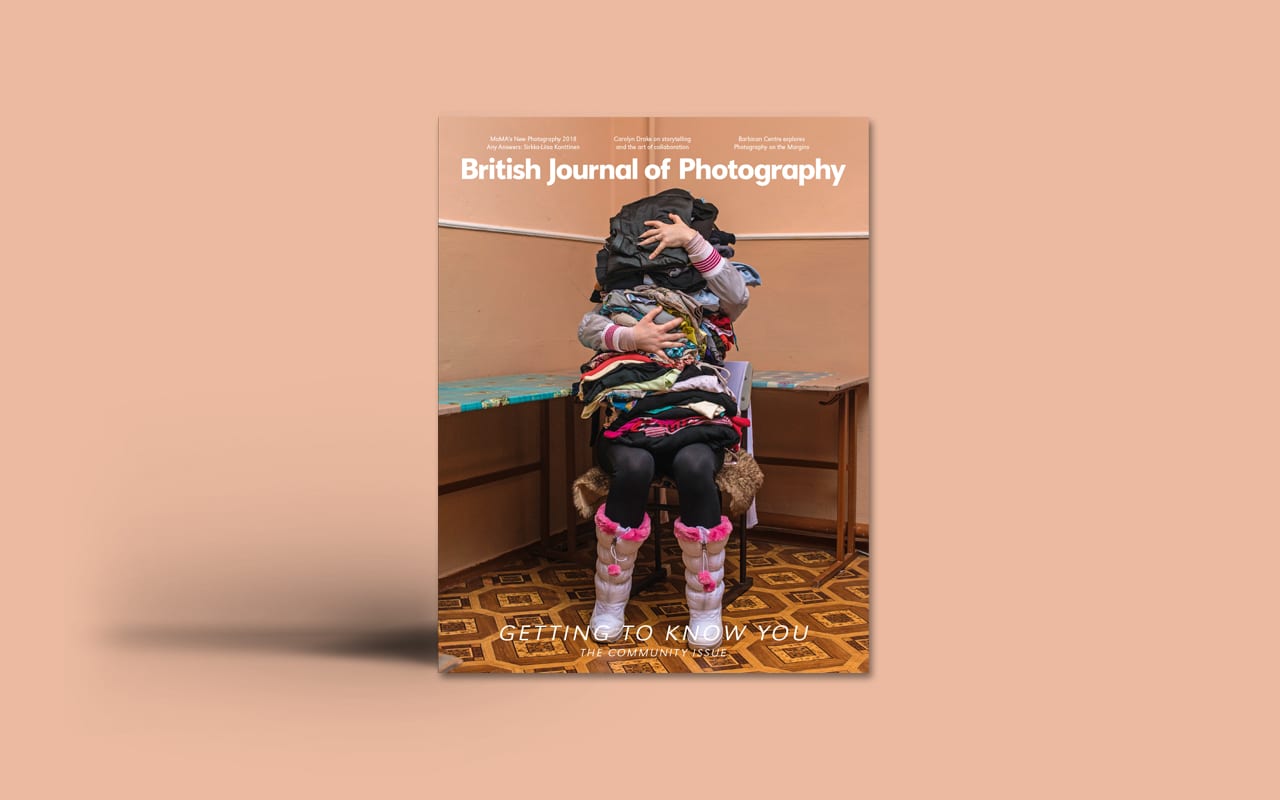
Last month BJP focused in on group work; this month we’re looking at a different kind of collaboration – projects in which photographers engage in a two-way dialogue with their subjects. One of the best – and the best-known – examples is Jim Goldberg, who works with subjects such as teenage runaways and migrants to tell wide-sweeping stories of marginalisation and economic disparity. Using an eclectic mix of photographs, archive materials and video, and both marking up himself and invites his subjects to write on, he creates complex montages guided by his sense of “intimacy, trust and intuition”. Incorporating the perspectives of the communities and subcultures he represents, his work is informed by his own background in a blue-collar family in New Haven.
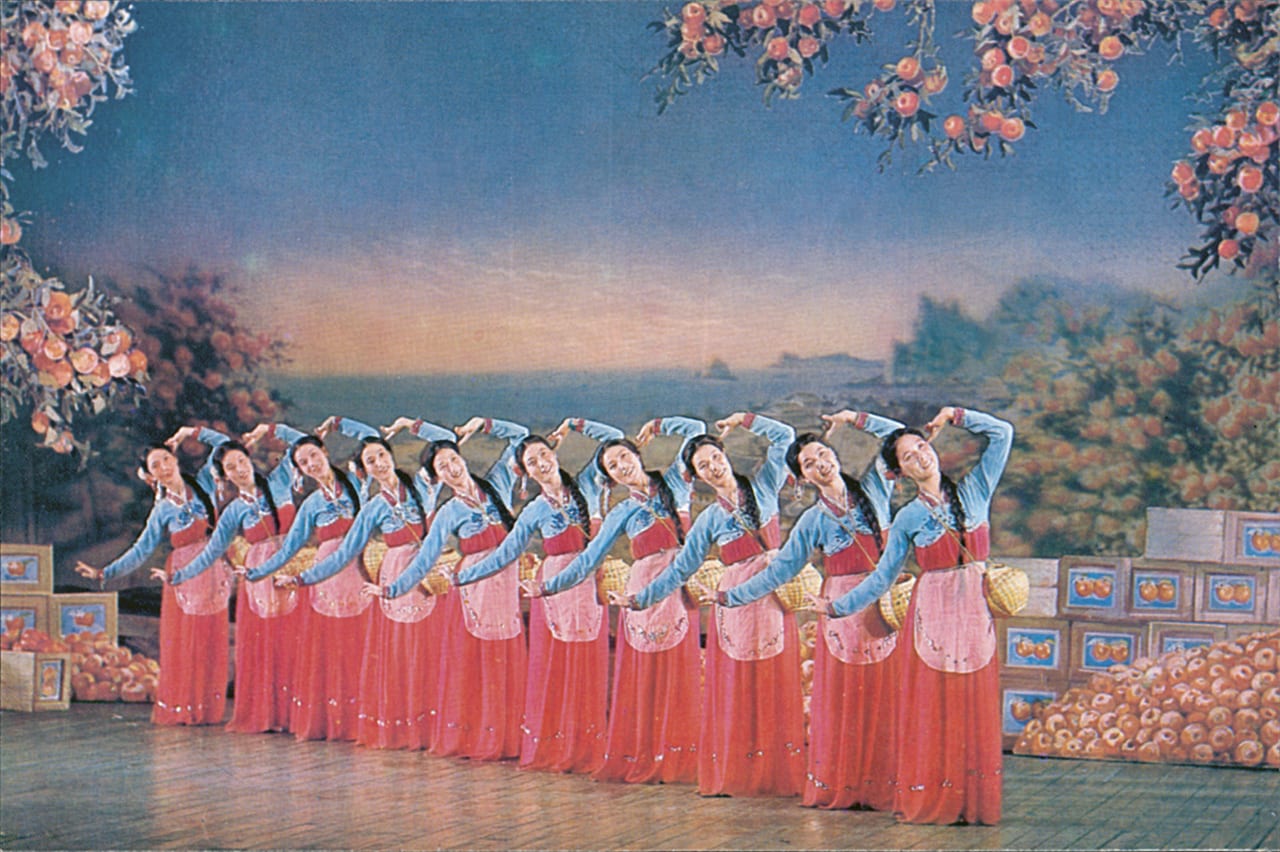
Nicholas Bonner first visited Korea in 1993, and since then has spent “most of my adult life involved in North Korea”. Now based in Beijing, he makes regular trips to the country with his company, Koryo Tours, and has also put together films and other cultural projects with North Korea with his other business, Koryo Studio. Bonner has collected ephemera from North Korea for nearly 25 years and recently published a book showcasing some of it with Phaidon, Made in North Korea: Graphics from Everyday Life. Featuring everything from metro tickets to stamps, postcards to luggage labels, tinned food labels to gift-wrap, it includes a healthy proportion of photographs made and disseminated by the DPRK. BJP caught up with him to find out more.